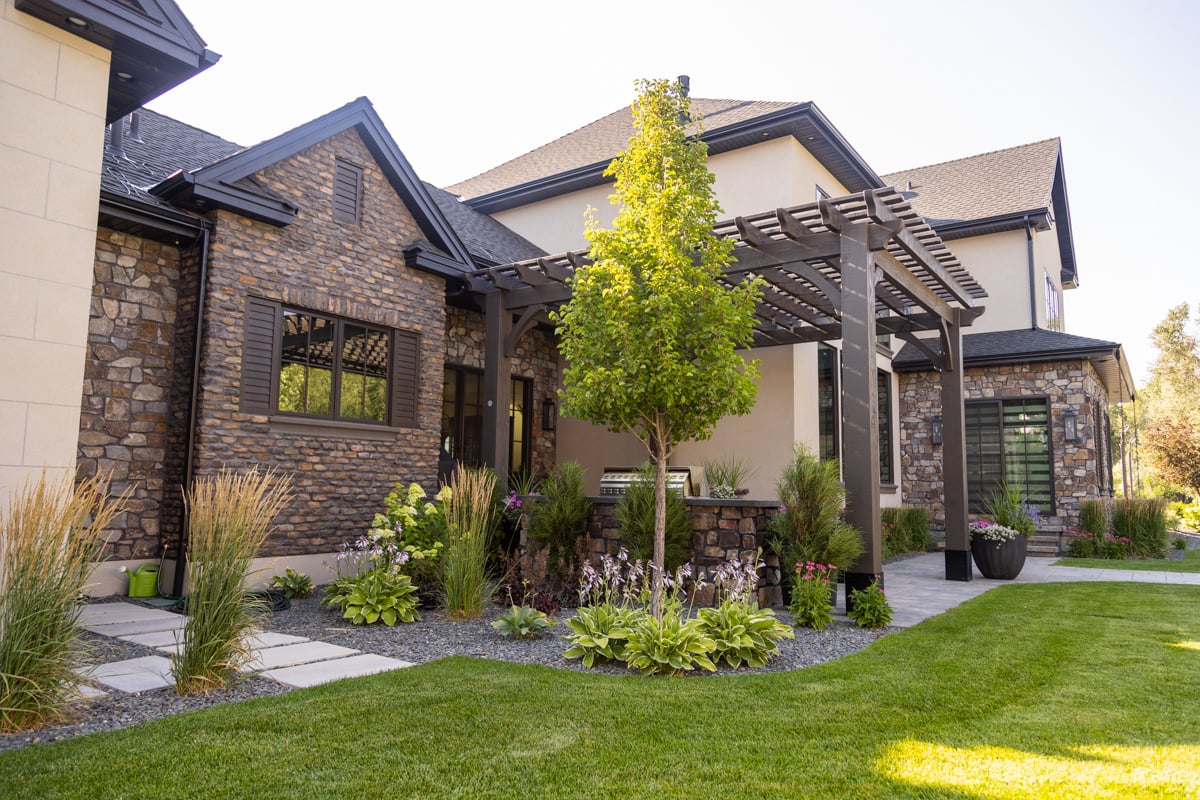
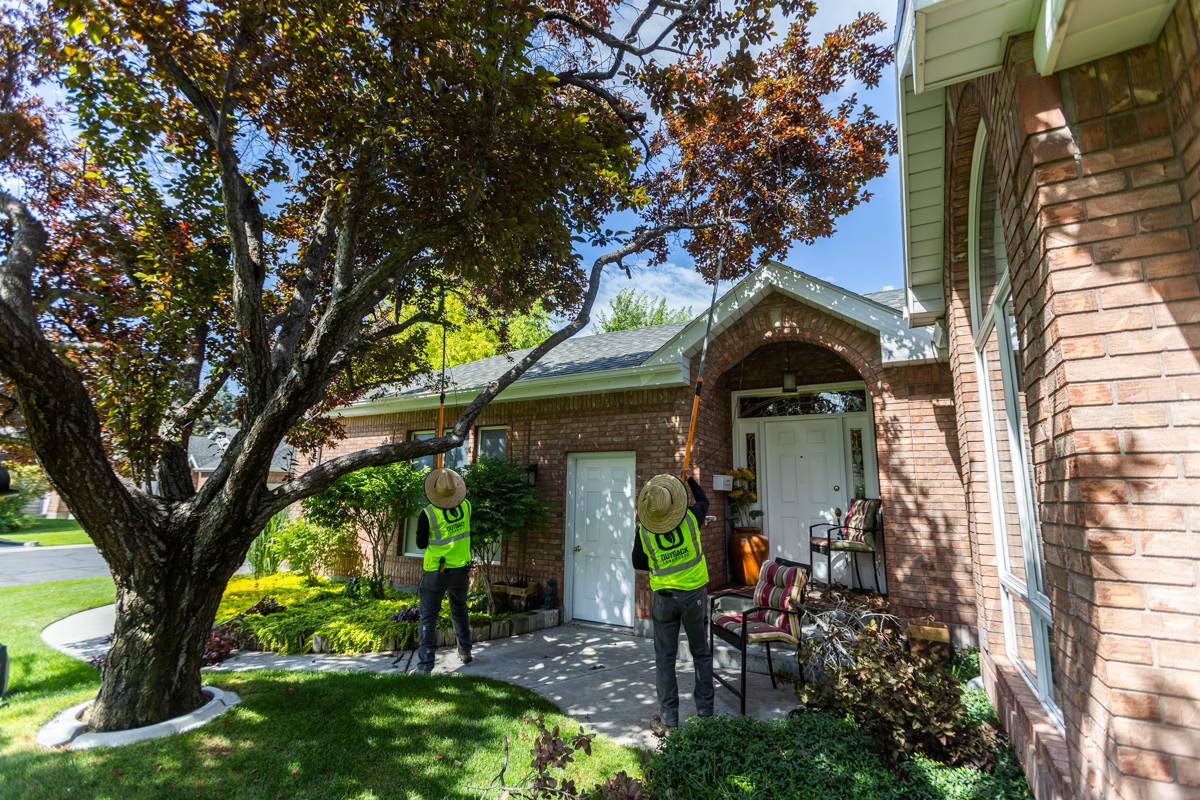
12 Signs of Overgrown or Damaged Trees & Shrubs
And How Proper Pruning Can Save Them
A healthy, thriving tree is a beautiful thing — strong branches; green, supple leaves; new growth year after year.
It’s hard to imagine your Idaho Falls landscaping without them, right?
But sometimes these landscaping workhorses need our help. When they’re struggling, weakened by diseases, harsh weather or munching bugs, pruning can work wonders.
Jump to Section
- First, What Damages Trees and Shrubs?
- How Can You Tell If Your Tree Is Damaged?
- Overgrown Shrubs: How Can You Tell?
- How Can Pruning Help a Damaged Tree or Shrub?
- What’s the Best Time to Prune Trees and Shrubs in Idaho Falls?
- What to Do if Trees Look Damaged?
- When to Prune Trees and Shrubs? Trust Outback
What are the signs of damaged trees? Brown or wilting leaves. Dead or dying branches. A cracked, split, soft or spongy trunk. Bark that’s peeling or falling off. Mushrooms growing on or around the tree. Small piles of sawdust that warn of damaging insects are boring under the bark.
None of this is good.
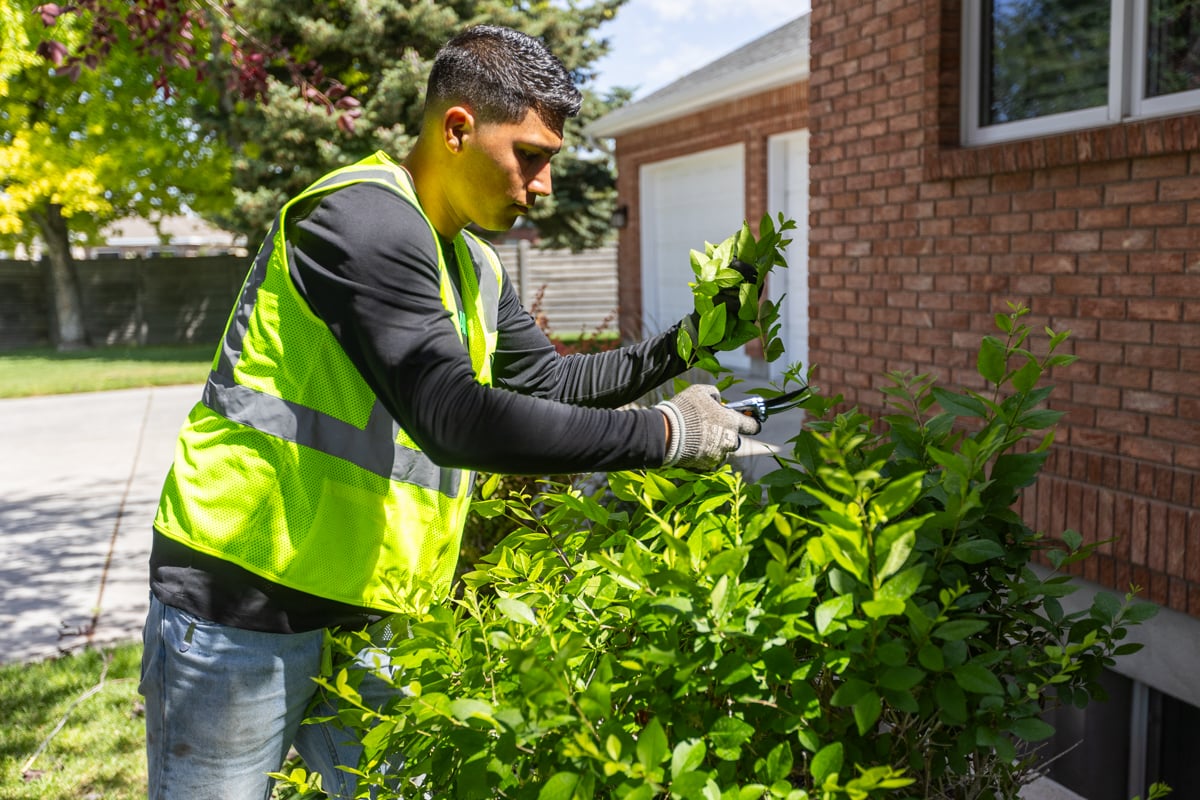
Keep reading to learn more about the signs of tree damage and when to prune trees and shrubs in Idaho Falls.
First, What Damages Trees and Shrubs?
Your trees and shrubs can be damaged by a whole bunch of things, including hungry insects and animals, severe winter weather, diseases and poor maintenance. It’s like a tree horror movie out there.
When you start listing the whole array of things that can hurt your trees and shrubs, it’s kind of amazing that so many of them are actually doing OK.
What can damage trees and shrubs? Take a look:
- Insects. A ton of chewing, sucking, burrowing bugs love attacking your trees and shrubs, from aphids to scale to borers and bag worms. They chew leaves, suck sap, burrow in bark. Here in Idaho, bronze birch borers, cottony maple scale and mountain pine beetles are often on the attack.
- Animals. Deer, rabbits and voles devour the leaves and bark of trees and shrubs, especially during tough Idaho winters when food is hard to find.
- Diseases. Fungus, mildew, blight and root rot can weaken or even kill trees. Here in Idaho Falls, Marssonina leaf spot is common on our beautiful aspen, poplar and cottonwood trees. Fire blight can destroy apple and pear trees. Rhizosphaera needle cast is a fungal disease of spruce trees, causing needles to turn brown and fall off.
- Weather. Bitter cold, frost, heavy snow, ice, wind — Idaho Falls winters can put trees and shrubs through a lot. Sunscald is a culprit, too. This tree damage happens in winter when the sun warms the bark, causing cells to become active, then the sudden drop in temperature at night causes the cells to freeze and die.
- Improper Planting. Planting trees too deeply or adding too much mulch around the base can suffocate the roots, causing a tree or shrub to weaken and die.
- Salt. The same salt and ice melt products that keep your winter pavement safe can damage trees and shrubs.
- Improper Pruning. While expert pruning can help save a damaged tree, improper pruning can actually harm it. Pruning at the wrong time of year (more on this in a bit) or using the wrong techniques will stress and damage a tree or shrub.
How Can You Tell If Your Tree Is Damaged?
Some signs of tree or shrub damage are more obvious than others. What does a struggling or damaged tree or shrub look like?
1. Leaves might look pale, yellow or brown, have spots or deformities.
They aren’t that healthy vibrant green anymore. You might notice leaves wilting or dropping off.
2. Branches might be dead or weakened.
You might notice cracks or splits in branches, or missing bark.
3. The trunk might show stress.
It could be cracked, split, or areas might feel soft or spongy. Bark may be peeling or falling off.
4. Mushrooms might be growing on or around the tree.
This is a sign that a fungus is growing inside the tree, causing decay.
5. Small piles of sawdust around the tree's base are a sign that damaging insects are boring under the bark.
A sticky film, called honeydew, is another sign of insect invasion.
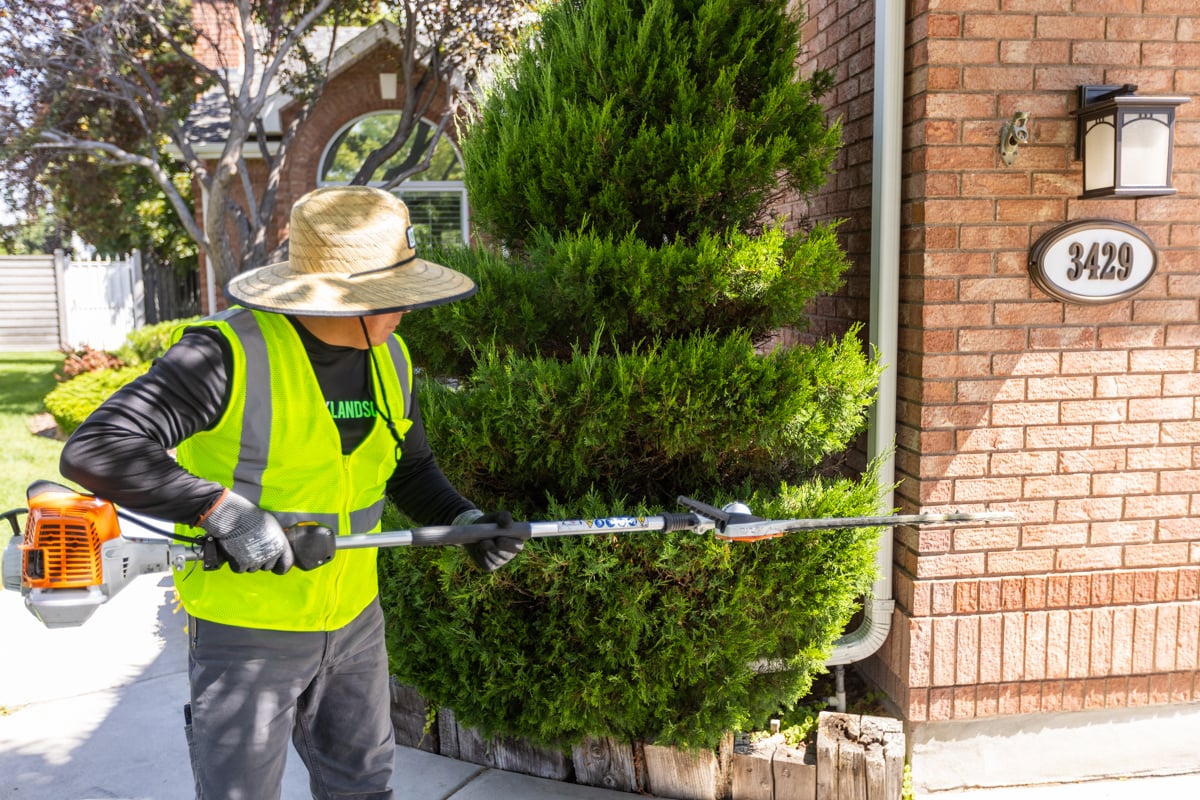
It’s good to know these signs of tree damage. You may not be a tree expert, but if you know the signs you can spot the problems early. The earlier you catch the damage, the better chance that expert pruning or other professional plant health care can save your ailing tree or shrub.
Overgrown Shrubs: How Can You Tell?
A shrub doesn’t need to be damaged to need a good pruning.
Many shrubs grow fast, and they’re bigger than they should be before you know it. Leave for a week-long rafting trip and when you come back: Shrubzilla. Or at least, it can seem that way.
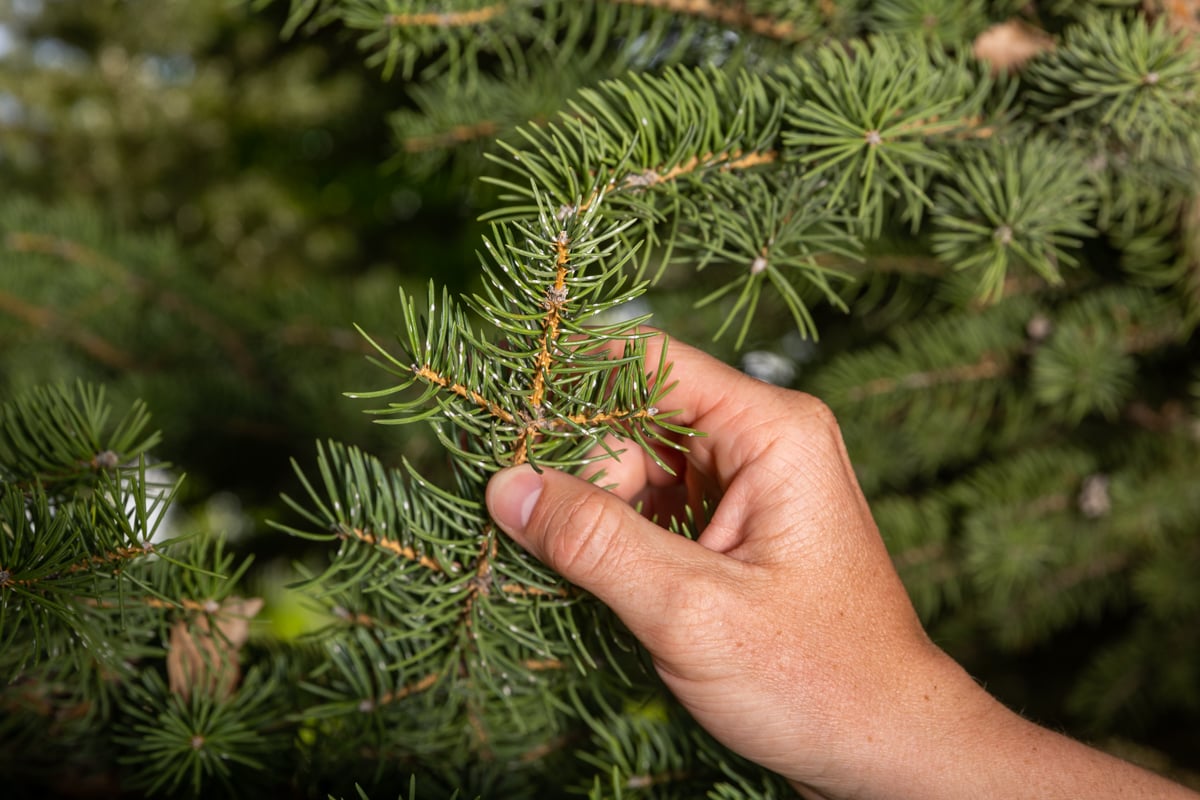
What are some signs of overgrown shrubs?
- It’s huge, and not in a good way. Maybe it’s grown so big it hides your window or porch.
- It doesn’t have the same appealing, natural shape it used to have — now it’s just a big green blob.
- It’s overgrown its space, spilling over onto your walkway, driveway, patio or steps.
- Overgrown shrubs can be a dangerous tripping hazard. Maybe its roots have actually cracked or lifted nearby concrete, or branches are in the way of pedestrians.
- It’s blocking the view from windows or from drivers who enter your driveway.
- It looks unhealthy, with a bare and woody center because it’s not getting the light it needs for healthy new growth.
- It’s hurting the other plants around it by casting too much shade.
How Can Pruning Help a Damaged Tree or Overgrown Shrub?
Pruning can come to the rescue in a variety of ways:
- Cutting away diseased or damaged limbs or branches prevents infection from spreading to the rest of the tree or shrub. It also removes potential entry points for damaging pests.
- Pruning encourages new growth. Removing damaged areas allows the plant to redirect its energy and resources toward growing.
- Pruning improves the overall health of your tree or shrub. Get rid of those weak, dead or dying branches and the plant has a better structure and renewed energy to thrive.
- Proper pruning lets the healing begin. Make a clean cut on a damaged branch and your tree or shrub can start the process of sealing the wound.
- Renewal pruning, which involves cutting the oldest branches of an overgrown shrub to the ground, gives the shrub a fresh start and encourages new, more vigorous growth.
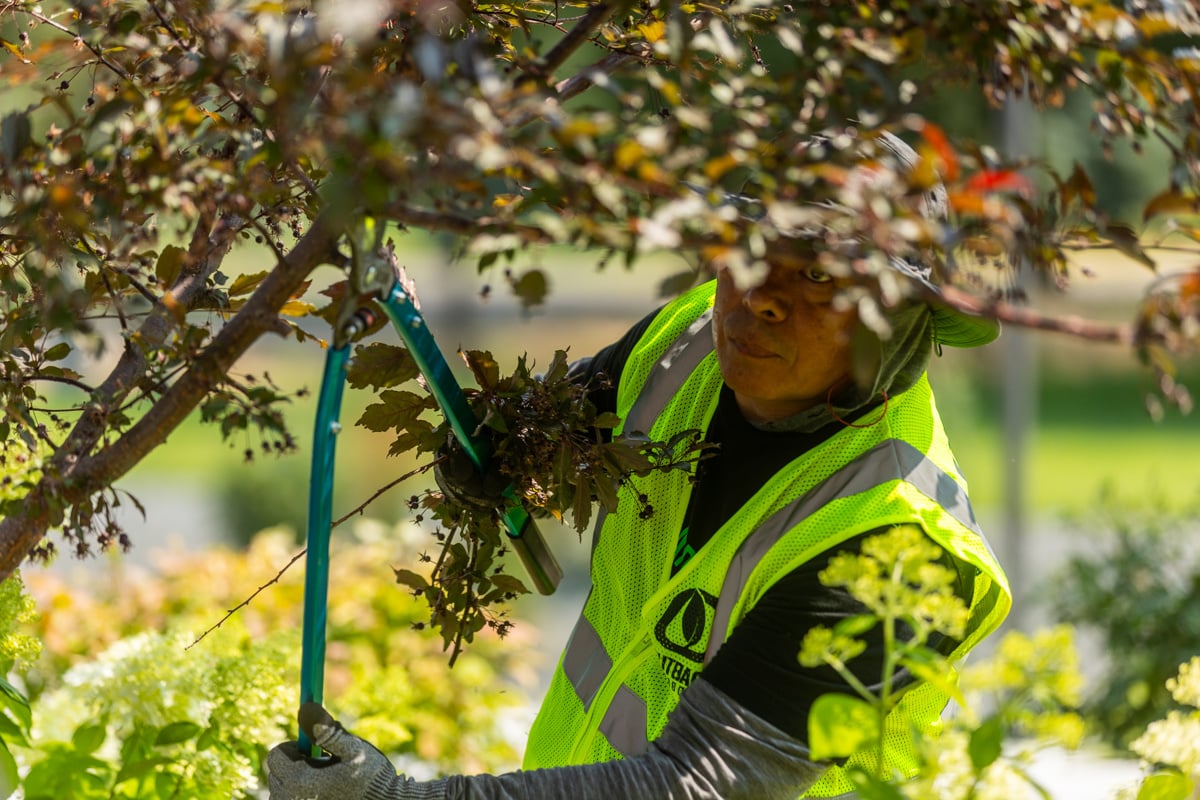
Pruning gives trees and shrubs a stronger structure, which means they’re better able to stand up to the strong Idaho winds and heavy snow that can damage them in the first place.
What’s the Best Time to Prune Trees and Shrubs in Idaho Falls?
It depends on what kind of pruning you’re doing, and on what kind of plant, but there are some general guidelines when it comes to a tree pruning calendar:
Summer Pruning? A Bit Is OK
Here in Idaho Falls, a small amount of summer tree pruning is OK if you’re trying to manage overgrown or diseased branches or remove some storm damage. But it’s not the best time for pruning, in general.
Keep in mind that many trees and shrubs that produce those fantastic flowers in the spring form their flower buds on new growth in the summer. If you snip off those all-important buds, you won’t have your precious flowers in the spring.
Fall Pruning? Nope — Bad Idea
Pruning encourages new growth. That’s a good thing, right? But you don’t want that to happen in fall, with harsh winter weather just around the corner.
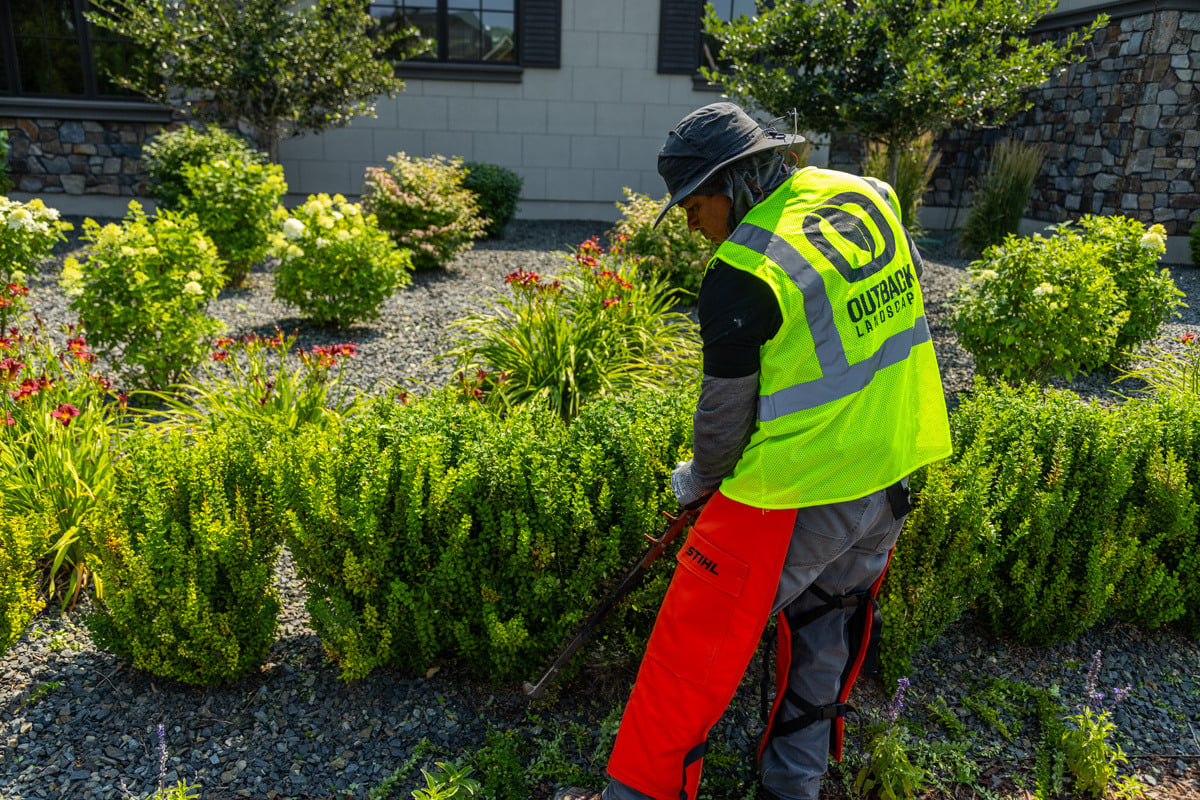
Those pruning cuts won’t have enough time to harden before the cold weather sets in here. And that tender new growth the pruning causes to sprout will be easily damaged or even killed by frost.
What’s the Best Time to Prune Trees and Shrubs? Winter
Here in Idaho Falls, winter is the best time for pruning trees and shrubs.
It might seem weird to prune trees now, when you’ve probably stowed away all your gardening tools for the season and you have to wade through snow drifts to get to your trees and shrubs.
But your trees and shrubs are dormant in winter, and that means you’ll do less damage now with those sharp pruning shears than if you tackle this task during their active growing months.
When you prune, you cut into the branches, which leaves fresh, open cuts. Those fresh pruning cuts will heal faster during the dormant season — and are less likely to attract insects in winter, which can carry diseases.
What to Do if Trees Look Damaged?
Remember earlier when we listed all the ways a tree or shrub can be damaged? It was a long list.
You probably know enough to tell that your tree or shrub is in trouble. There are plenty of signs.
But do you know what was attacking it? And how to help?
When it comes to these important details, it’s best to bring in the pros.
Meanwhile, get your property on a tree pruning schedule as part of a professional landscape maintenance program. Regular attention by experts will help direct your trees’ growth in a healthy way. By removing shoots or suckers that have sprouted, you can prevent them from taking important nutrients away from the main branches and leaves.
Experienced eyes on your trees and shrubs — and the rest of your landscaping — means potential problems will be nipped in the bud. (Who could resist that pun?)
You’ll have expert plant pros on your property who will take care of your regular pruning needs, spot any worrisome signs of damage early, then swoop in to solve the problem.
When to Prune Trees and Shrubs? Trust Outback
There’s no one reason a tree or shrub needs pruning, and the type of pruning it needs depends on a lot of different factors.
But regular, proper pruning is one of the best things you can do for your hard working trees and shrubs.
Here’s the thing: do you really want to add a tree pruning schedule and a shrub pruning calendar to your already stressed-out situation? You don’t even know what you’re making for dinner tonight.
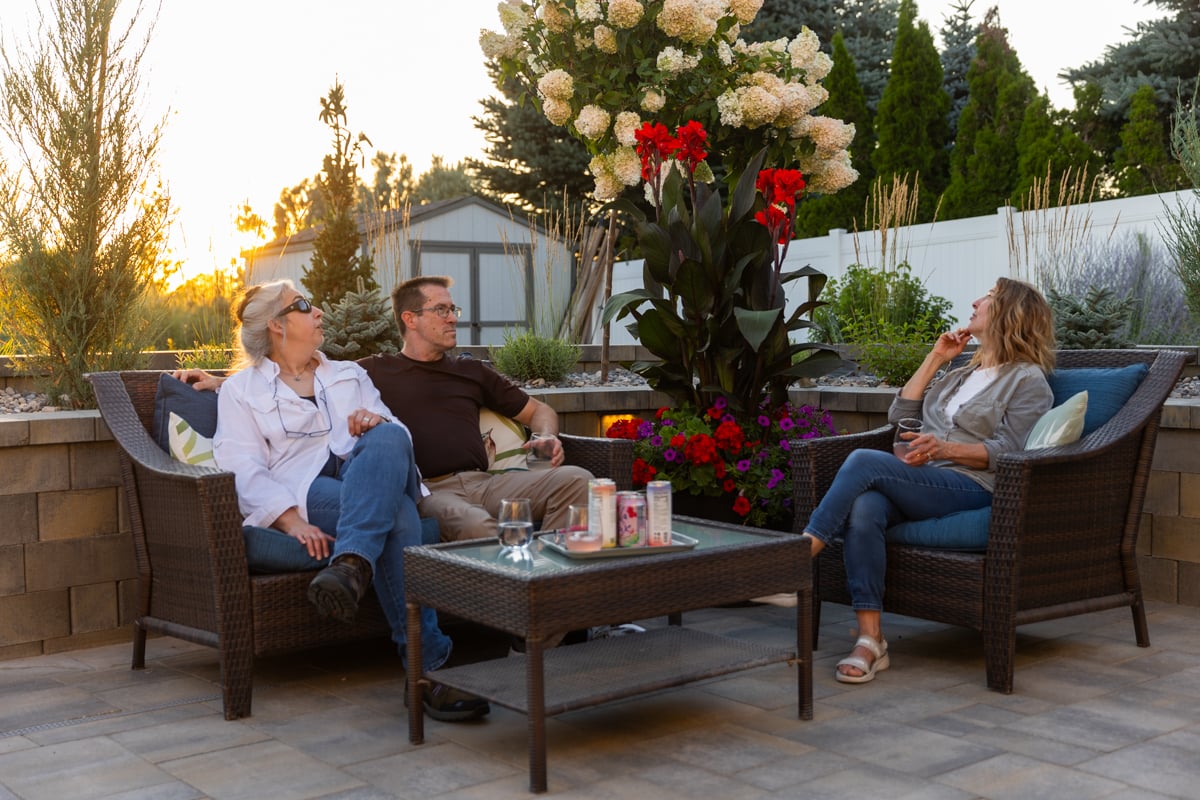
Let the pros at Outback Landscape tackle your Idaho Falls tree and shrub pruning.
Regular light pruning on trees up to 15 feet tall is part of our ongoing maintenance to keep your property safe and your trees and shrubs healthy.
If your taller trees need attention, we’ll handle that, too, as a separate service.
At Outback, we know exactly what your trees and shrubs need, all year long.
Located in Idaho Falls, Idaho, we serve residential and commercial properties in Idaho Falls, Rexburg and Pocatello, Idaho, as well as Bonneville, Madison and Bannock counties and Jackson Hole, Wyoming. Contact Outback Landscape for a free estimate at 208-656-3220, or schedule an on-site consultation. We’d love to hear from you.
.jpg?width=480&name=Chase%20Coates%20Team%20Portrait%202%20(2).jpg)
Chase Coates
Chase Coates is the owner of Outback Landscape in Idaho Falls, Idaho.

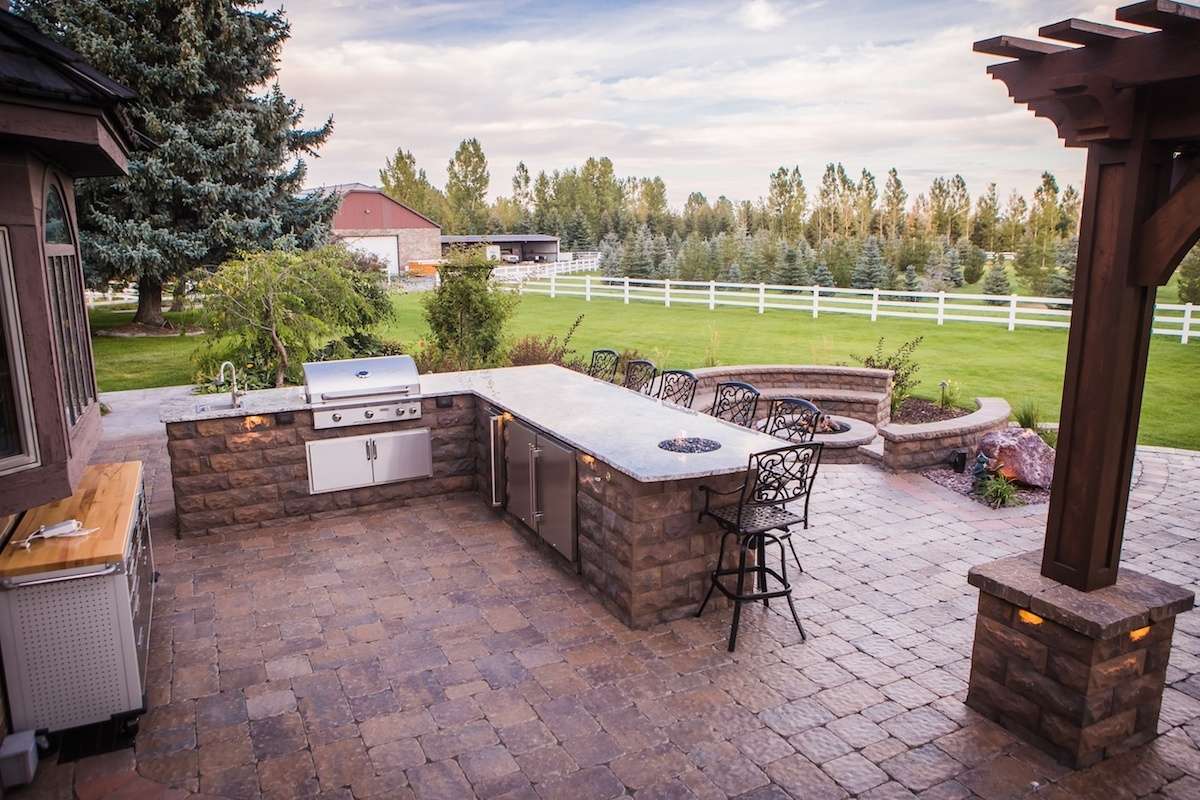
Brick Pavers vs Stamped Concrete: Pros, Cons, and Costs
.jpg)


